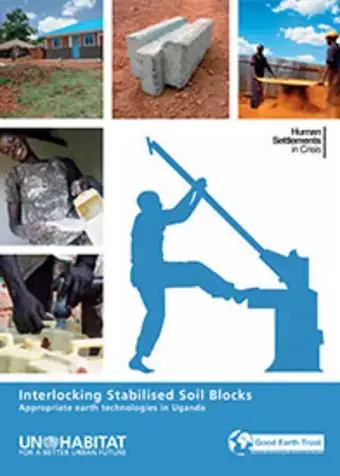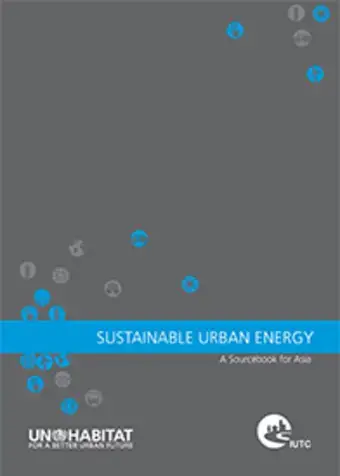 Adobe and rammed earth constructions house approximately one fifth of the world’s population. As a building material, earth is natural, recyclable, generally abundant and requires little energy to extract and prepare for use in construc- tion. Earthen structures can be erected quickly, are inexpensive, and have natural resistance to fire and insects.
Adobe and rammed earth constructions house approximately one fifth of the world’s population. As a building material, earth is natural, recyclable, generally abundant and requires little energy to extract and prepare for use in construc- tion. Earthen structures can be erected quickly, are inexpensive, and have natural resistance to fire and insects.
Green Building Materials Fact Sheet: Timber
 Of the conventional building materials, sustainably harvested timber has the potential to be the most environmentally friendly since it typically has the lowest emissions of greenhouse gases of any conventional building material. Since it is amongst the most commonly used materials for residential construction, responsible and sustainable timber can have a substantial impact on sustainable housing.
Of the conventional building materials, sustainably harvested timber has the potential to be the most environmentally friendly since it typically has the lowest emissions of greenhouse gases of any conventional building material. Since it is amongst the most commonly used materials for residential construction, responsible and sustainable timber can have a substantial impact on sustainable housing.
Handmade architecture as a catalyst for development - Anna Heringer, UNESCO Chair for Earthen Architecture
In this lecture, Anna Heringer presents a series of projects where the choice of building materials and techniques has had a major influence on distribution of resources, participation and equality. Emphasizing that 'we cannot build houses of only steel and concrete for seven billion people' she proposes a strategy of bringing global creativity to the local materials, local skills and local potentials.


